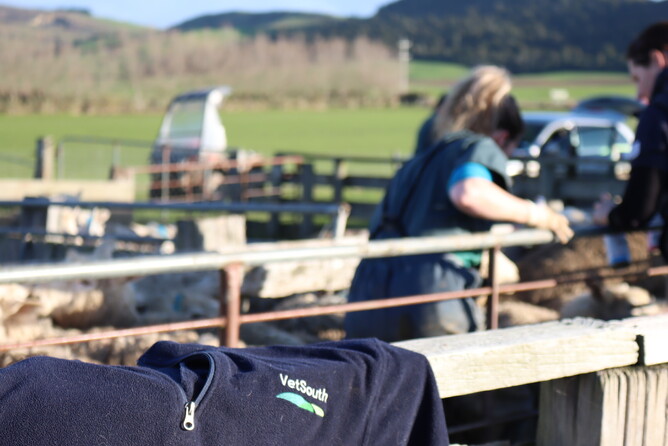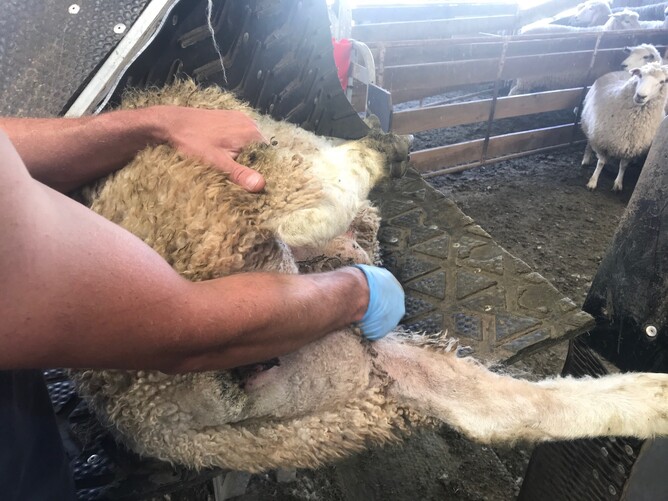Get a firm grasp on how and when to udder your ewes this season.
With weaning fast approaching, it can be tempting to squeeze as many 'yard' jobs in as possible to reduce the amount of times you have to muster up your flock.
However, it pays to hold off on uddering your ewes until further down the track! Studies have shown that checking udders 4-6 weeks post-weaning identifies around double the amount of mastitis ewes, compared to uddering at weaning alone.
The same studies also show that lambs who were born to ewes that turn out to have udder defects are 3-4 times more likely to die, with lambs that survive averaging significantly less weight gains. So, waiting a while longer to check udders, to prevent more ewes with mastitis making it to the next mating, makes both financial and animal health sense!
The reason behind the recommended timeframe is because some ewes may develop infections post-weaning and it is also often easier to identify problems with the udder once they have dried off.
Recognising mastitis
Mastitis occurs as bacteria enter the udder, resulting in an infection characterised by swelling and inflammation.
How to check the udder
Uddering ewes to pick up mastitis should be done by gently squeezing both sides of the udder while the ewe is in the race, or sheep handler, feeling for generalised hardness or lumps in one or both halves.
What is acceptable?
OK: Lumps in front and behind the udder can be normal in ewes;
NOT OK: Lumps within udder tissue itself is abnormal.
If identified early, (hot, swollen udders), mastitis may be able to be treated with antibiotics, however, typically ewes are found with chronic infections that are unlikely to be treated successfully.
Ewes with mastitis should be identified, marked and culled as future infections are more likely, along with the existing damage already caused to the udder likely to make subsequent lamb feeding more difficult.
Teat defects
It is also important to check udders for any missing, or very damaged, teats and it is recommended that these ewes should be culled. However, some abrasions or scarring caused by their lambs feeding are normal and, often, not problematic.
Ewes that have a thickened core down the centre of one or both teats (like a pencil lead) at 4-6 weeks post-weaning should be culled*.
Making the final call
Culling ewes with mastitis, or certain udder/teat defects, helps to prevent issues in future seasons and maintain optimum health within your flock.
If you are unsure if some ewes need to be culled, or if they are fit to go on a stock truck, set them aside and give your KeyVet a call - we would be happy to come out and double check. You can also read more about what stock are fit for transport here.
Sources: Beef + Lamb New Zealand
*Research studies suggest the thickened core is only a problem if it is still there 4-6 weeks after weaning.


